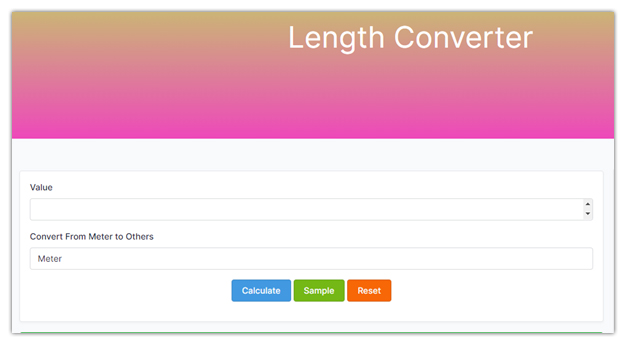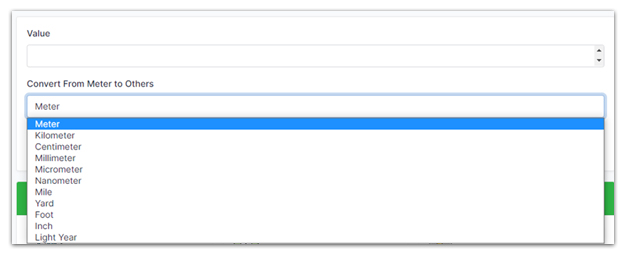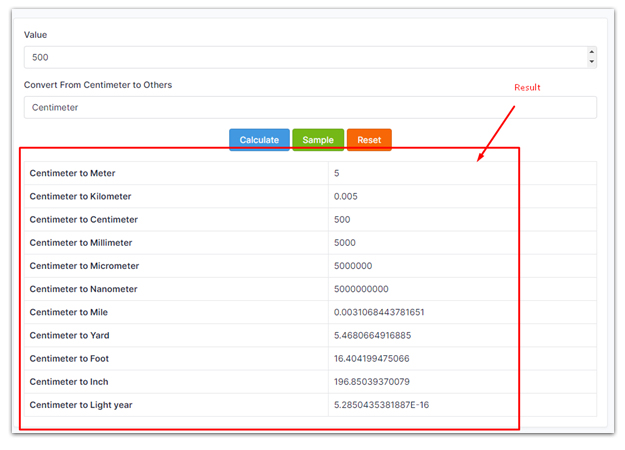
Length Converter
Length is a fundamental measurement used in various fields, including science, engineering, construction, and everyday life. Different regions and industries may utilize different units of measurement for length, creating a need for efficient and accurate conversions between these units. A length converter is a valuable tool that simplifies the process of converting length measurements from one unit to another. In this article, we explore the significance of a length converter, its applications in different contexts, and how it aids in seamless length conversions.
The Importance of Length Conversions
Different countries and regions adopt different units of length, such as inches, feet, metres, or kilometres. Conversions are essential to ensure consistent communication and compatibility across international borders. Various industries and scientific disciplines use specific length units. For example, architects may work with feet and inches, while physicists use metres. Accurate conversions facilitate effective communication and collaboration between professionals from different fields.
Simple and User-Friendly Interface
A length converter allows users to choose the input and output units from a wide range of options. It accommodates various popular length units such as inches, feet, yards, metres, centimetres, kilometres, and more. Length converters typically have a user-friendly interface that requires users to enter the value in the input unit and select the desired output unit. The converter then instantly provides the converted length value.
Multiple Conversion With Accuracy and Convenience
By utilizing a length converter, users can rely on accurate conversions, eliminating the risk of manual errors. It saves time and effort, especially when dealing with multiple conversions or complex units.Some length converters offer additional functionalities, such as converting between metric and imperial systems or converting length measurements into scientific notation. These features add versatility and expand the converter's utility.
How to operate this tool
When you enter into this tool, you will see the very easy user interface. You will see it like this…

First you will see a short box named value, where you need to write your desired value then below you will see the convert option.

In the convert option you will get multiple units like meter, kilometer, centimeter, mile, foot, light year etc.

Just type your value and the value unit. Remember to select the correct value unit from the convert option. Now just press the calculate option from the below.

After pressing the calculate button the result will show like this.

With this calculator you will get the details result from any value. It is easy to operate and a method to get the correct result with one tap.
Education For Engineering and Construction
Architects, civil engineers, and construction professionals frequently use length converters to switch between units while designing structures, estimating materials, or working on blueprints. Length converters are valuable tools in educational settings, helping students grasp the concept of different length units and facilitating conversions during experiments and research.
Custom Units and Conversion Factors
Some advanced length converters offer the flexibility to add custom units or conversion factors. This feature is particularly useful in specialized fields where unique or non-standard units are used. Users can define their own units and corresponding conversion factors, allowing for tailored conversions specific to their requirements.
Multi-Directional Conversions
While most length converters perform conversions from one unit to another, certain converters support bi-directional or multi-directional conversions. This means you can input a length value in any supported unit and obtain the converted value in another unit of your choice. This versatility enhances convenience and allows for greater flexibility in handling diverse conversion scenarios.
Educational Resources in Offline and Mobile Applications
Length converters are often accompanied by educational resources, such as tutorials, conversion tables, or explanations of different measurement systems. These resources help users understand the concepts of length measurement, units, and conversions, fostering learning and improving overall comprehension.
While online length converters are readily accessible, there are also offline and mobile applications available. These applications offer the convenience of converting lengths without requiring an internet connection. They can be downloaded and installed on smartphones, tablets, or computers, allowing users to perform conversions on the go or in remote locations.
Conclusion
In a world where different regions and industries adopt various units of length, a length converter proves invaluable for seamless conversions. It simplifies the process, enhances accuracy, and promotes standardization across different measurement systems. Whether you're a student, professional, or simply in need of quick length conversions, utilizing a length converter can save time, prevent errors, and ensure precise measurements. Embrace the convenience of a length converter and experience its benefits in various aspects of your life and work.











